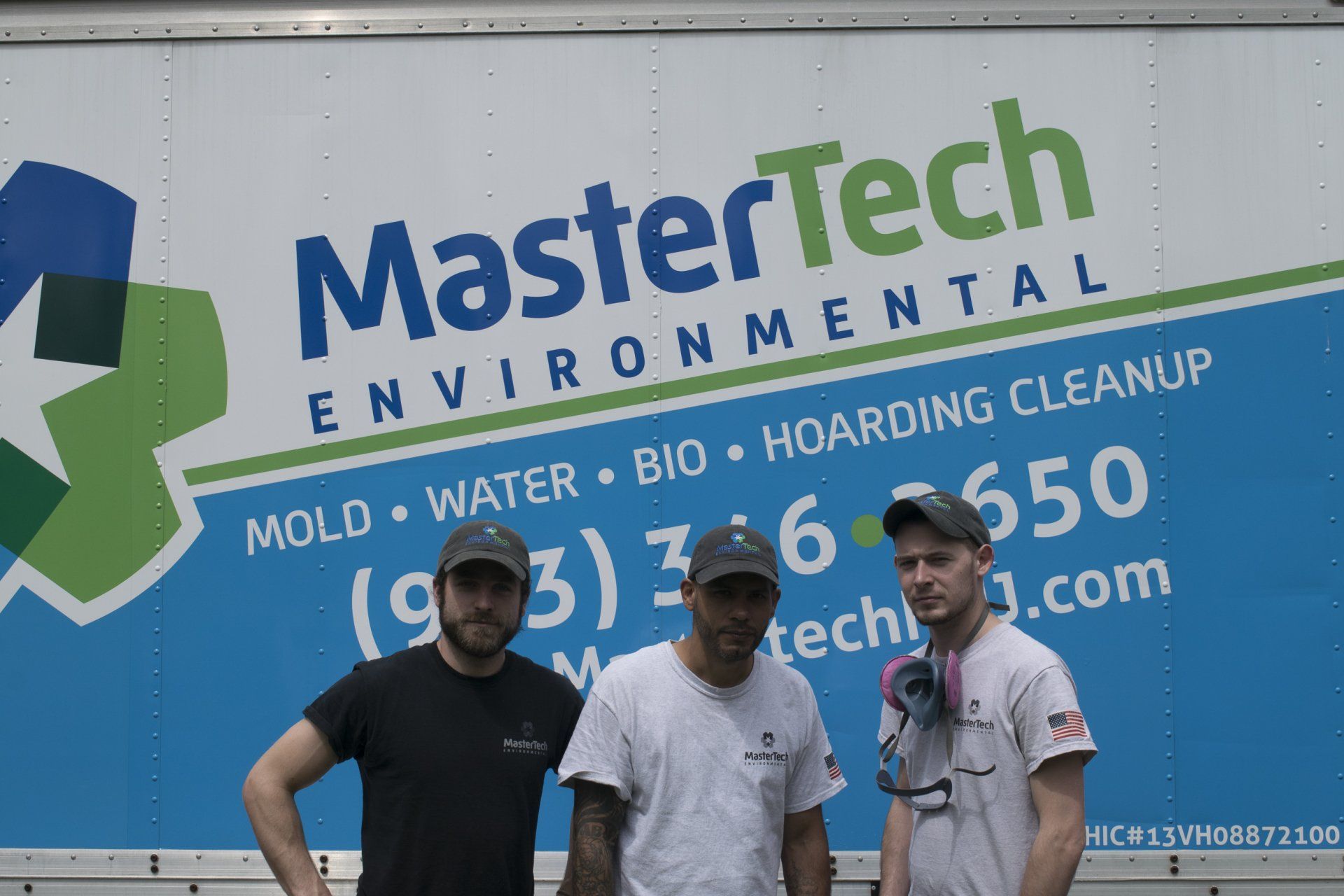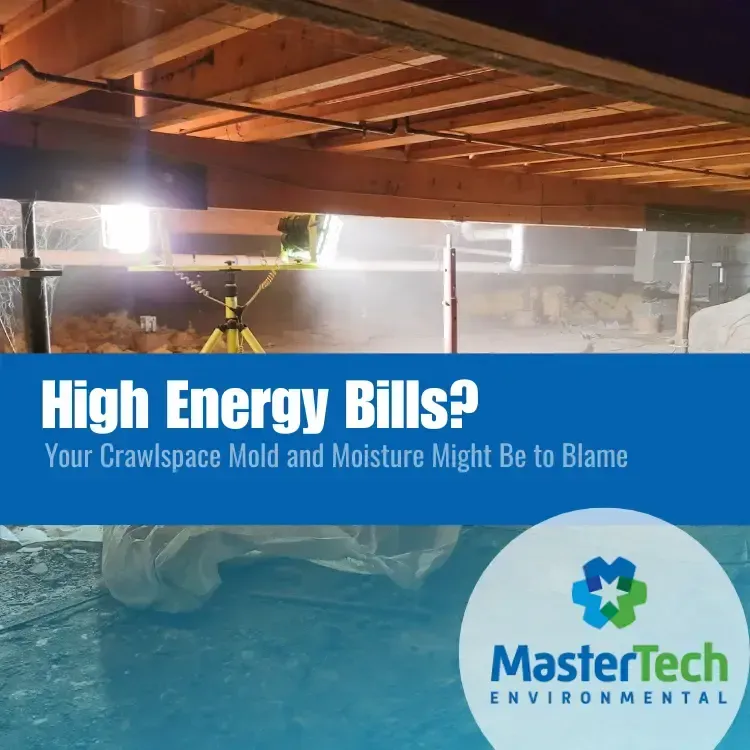How Can I Prevent Mold Growth in the Winter?

Mold growth is something no homeowner ever wants to deal with. Mold can affect your home's structural integrity and impact your physical health. Professional testing and inspection are essential if you suspect mold in your home. We offer the best mold inspection Murrells Inlet, SC has.
Mold is a year-round issue. Many believe mold growth is a warm weather issue, but it can also grow in the winter. As long as mold has a surface to grow on and a moist environment, it can thrive. Prevention is essential to avoiding mold growth in your home during the winter. While you might not be able to avoid mold growth, there are steps you can take during the winter.
Because of the chilly temperature outside, we normally keep windows closed during the winter. This affects the airflow in the home, so proper ventilation is essential in the winter. The bathroom is one area that tends to experience mold growth due to the accumulation of moisture. When you shower or bathe in the winter, ensure a ventilation fan is flowing. You should also have proper ventilation in the kitchen when you cook.
We must take extra care of our furnace and gutters during the winter. The filters in your furnace should be regularly inspected. Replace old or broken filters. Additionally, your home's gutters will accumulate dirt and debris from snow and leaves falling during the winter. Make sure you clean your gutters periodically to prevent water from building up.
Even with all the proper steps, mold growth may still occur. If you experience a mold issue in the home, remove it as soon as possible to avoid further problems. We provide the best mold remediation Murrells Inlet, SC offers.



